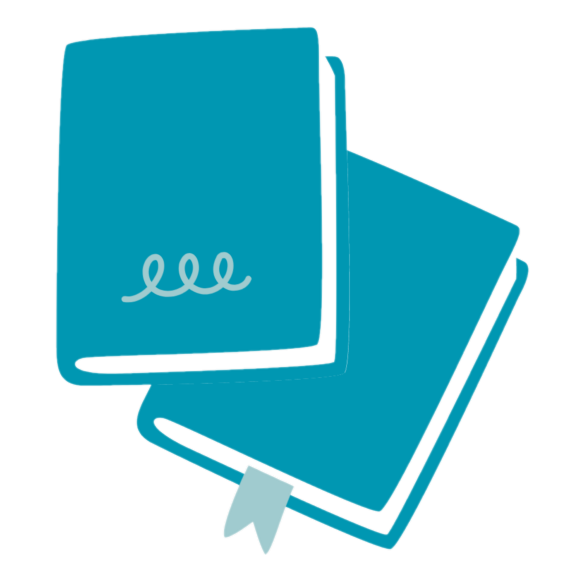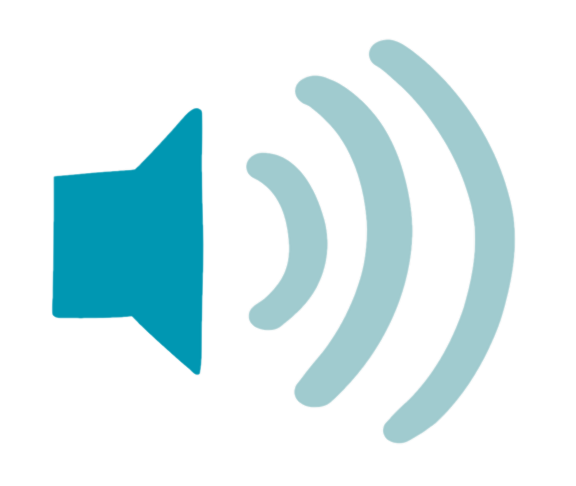Introduction

– Ask students to recap on what they did in the last session. What did they learn? What was most interesting/challenging for them?
– Explain that this session will be about going deeper into the context they learned previously, challenging more generalised assumptions about migration and connecting the way the artwork is presented to a more complex context.
Task 1: Vocabulary

– Ask students to read a short excerpt about the artwork from this text by Florence Jou (handout 1, available below).
– Ask them to observe the context of the words in bold. Can they try to explain what these words mean?
Differentiation: This can be done as an individual writing exercise, or as a speaking activity in pairs. Our suggestion is that students try and describe the terms strictly in French.
Task 2: Reading comprehension

– Ask students to read a excerpt of Patrice Joly’s interview with Bouchra Khalili (handout 1, available below).
Differentiation: depending on the confidence and ability of the group, ask them to read paragraphs aloud;
– To check comprehension and provide context, prompt questions and conversations around certain terms and expressions that are key to understanding the piece, such as ‘accords de Schengen’, ‘continuum historique’, ‘citoyenneté’, ‘droit inaliénable’ and ‘présentent en creux’. Explain any missing vocabulary accordingly.
In pairs or small groups, ask students to discuss the following questions, and then feedback to the class:
– How does Bouchra Khalili’s background influence the making of the artwork?
– Why does the artist refuse to speak about a ‘migrant crisis’ or name the collaborators in the artwork as ‘migrants’ or ‘refugees’?
– In the artist’s opinion, what can migration and mobility make us see in relation to nation-states and the idea of citizenship?
Task 3: Aural comprehension

– Play some extracts from an interview by Marie Richeux with Bouchra Khalili on the radio channel France Culture;
– Ask students to try and answer the following questions. Make sure to tell them this is more of an ‘open’ comprehension exercise, and to stimulate debate and improvisation over ‘fixed’ responses.
Extract 1, 29’32” – 32’52”:
– Following up on Session 1, ask students to write down at least 5 adjectives used by the artist and the radio journalist to describe the artwork;
– What does Bouchra Khalili mean when she explains that the narratives in the artwork “n’ont pas valeur d’illustration ou des exemple”?
– According to the artist, is this an artwork about migration? If not, what is the main focal point of discussion?
Extract 2, 32‘53” – 36’37”:
– What is the interviewer’s favourite moment in the artwork, and why?
– What is the artist’s view on the journalists that wait to film migrants at their arrival?
– Khalili explains that the use of hands in the artwork are related both to notions of production and opacity. What does she mean by this?
Task 4: Debate
Give students the extra reading materials (handout 2, available below) about migration, citizenship and The Mapping Journey Project. Ask them to read carefully, relate that information to what has already been discussed in class, and prepare for a debate with their classmates. Prompt reflections around the following questions:

– What does it mean to be a citizen?
– Can migrants be citizens? If so, how?
– What is the importance of representing migrants autrement?
– What is the relationship between the way we see migrants and their socio-political status?
– Can art help us support migrants? If so, how?
